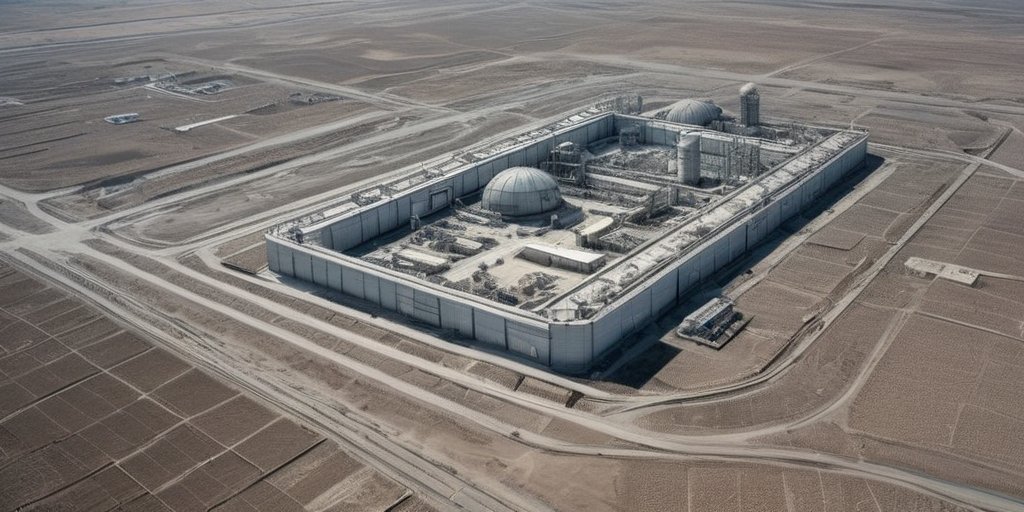In a significant development regarding U.S.-Iran relations, CIA Director John Ratcliffe has publicly stated that recent U.S. airstrikes have “severely damaged” Iran’s nuclear facilities, a claim that contradicts previous assessments from a Pentagon intelligence agency that downplayed the strikes’ impact. Ratcliffe emphasized that while many key sites were destroyed, Iran’s nuclear program was not completely eradicated, leaving some room for future development.
The timing of this statement is critical as it comes amidst heightened tensions and a fragile ceasefire between Israel and Iran, which was facilitated by negotiations that were instigated by President Donald Trump. Trump has been vocal in asserting that the airstrikes managed to obliterate much of Iran’s nuclear capabilities, labeling previous media reports as “fake news” for misrepresenting the facts.
On social media, Trump expressed confidence in the effectiveness of the military operation, stating that U.S. Secretary of Defense Pete Hegseth and military officials would hold a significant press conference to clarify and defend the U.S. perspective on the strikes.
The CIA’s intelligence report cites reliable sources indicating that rebuilding Iran’s key facilities — primarily located at Natanz, Fordo, and Isfahan — would take years, suggesting a substantial setback for Tehran’s nuclear ambitions. An advisor to Trump’s administration, Director of National Intelligence Tulsi Gabbard, supported this assertion, reinforcing that the Iranian facilities would require complete reconstruction to resume their prior capabilities.
While satellite images revealed destruction at Fordo and Isfahan, the extent of damage to underground facilities remains uncertain. A leaked Pentagon assessment had previously claimed that the strikes would only set back Iran’s nuclear program by a few months, leaving some military officials skeptical about the operation’s long-term effectiveness.
The controversy deepened as Iranian officials responded by downplaying the damage, with Foreign Ministry spokesman Esmail Baghaei confirming that while there were significant setbacks, the facilities sustained no irreversible damage. This contrasting narrative between the U.S. and Iranian officials serves to highlight the ongoing misinformation and conflicting reports surrounding the state of Iran’s nuclear capabilities.
As Trump gears up for what he describes as crucial negotiations with Iran, his administration’s claims will be tested against the backdrop of ongoing geopolitical tensions. The upcoming talks are expected to focus on Iran’s nuclear ambitions and its military posture in a region fraught with conflict.
